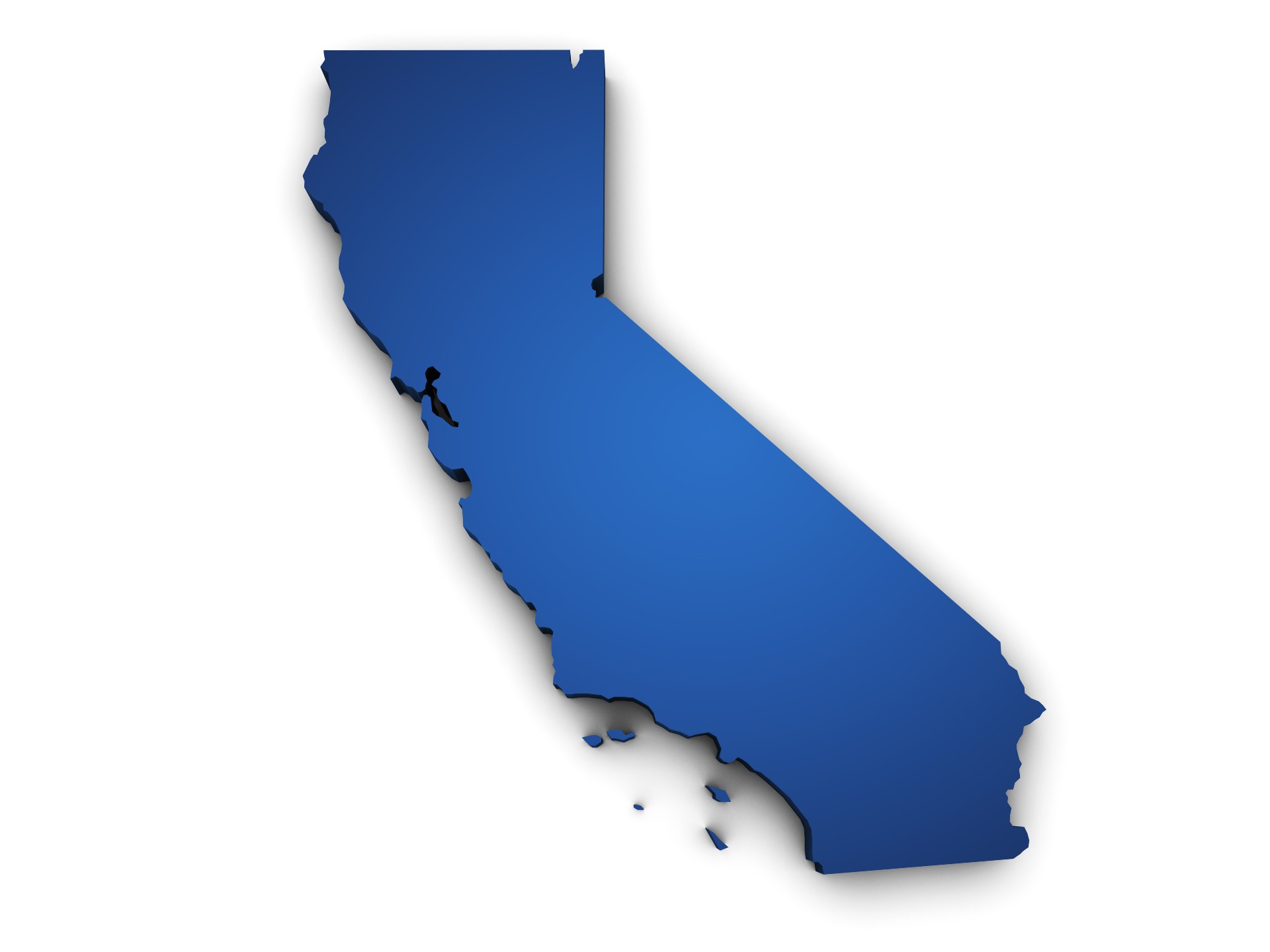After months of debate and public input, the Consumer Product Safety Commission has finalized three previously unresolved aspects of the VGB Act. Last month, the agency established clear definitions of an unblockable drain, took action regarding further defining a commercial pool, and clarified model language for potential state laws.
In one of the most contentious issues, CPSC commissioners finalized the definition of an unblockable drain and, by a vote of 3-2, ruled that unblockable drains can stand alone and don’t need a second drain or backup device. The commissioners also decided that a drain may be defined as unblockable even if the sump is smaller, so long as it has an adequately sized cover and meets all other criteria.
To qualify as unblockable, a drain must be large enough so that its open area is not blocked by the 18-by-23-inch element used in testing. Furthermore, flow around the blocking element must fall within a given value. All covers must meet the ASME/ANSI A112.19.8 – 2007 standard.
“This will make more options — and more cost-effective options — available to manufacturers, builders, owners and operators. …” said Carvin DiGiovanni, senior director, technical and standards, for the Association of Pool & Spa Professionals.
CPSC also has moved to clarify vague terms defining a public pool. In part, the VGBA defines a public pool or spa as one at “a hotel or other public accommodations facility.”
Commissioners approved the following language: “Public accomodations facility means an inn, hotel, motel or other place of lodging, except for an establishment located within a building that contains not more than five rooms for rent or hire and that is actually occupied by the proprietor of such establishment as the residence of such proprietor” This exempts bed and breakfast inns from VGB’s public-pool requirements.
The language has been entered into the Federal Register for public comments, which will be accepted until April 14.
Additionally, model language, released March 3, spells out baseline conditions for the state grants specified in the legislation.
The model language states that regardless of the drain system, all vessels must have some kind of entrapment protection and, where applicable, VGB-approved covers. There is no specific requirement for a safety vacuum release system or other such device, but within a year after enactment of a state law, all new pools and spas must be built with multiple drains, unblockable drains or the newer “no drain” systems.
However, this doesn’t preclude states from requiring secondary devices. States can pass more stringent language if it’s consistent with two CPSC pool and spa safety publications: Safety Barrier Guidelines for Home Pools and Guidelines for Entrapment Hazards: Making Pools and Spas Safer.


